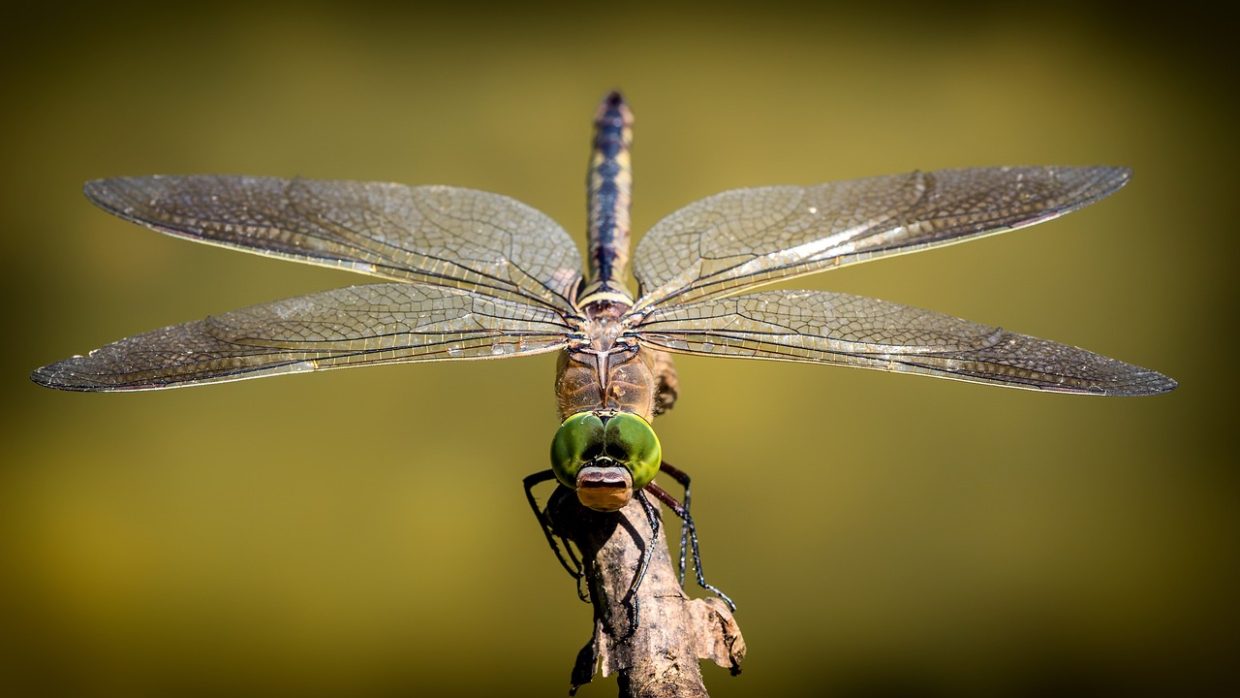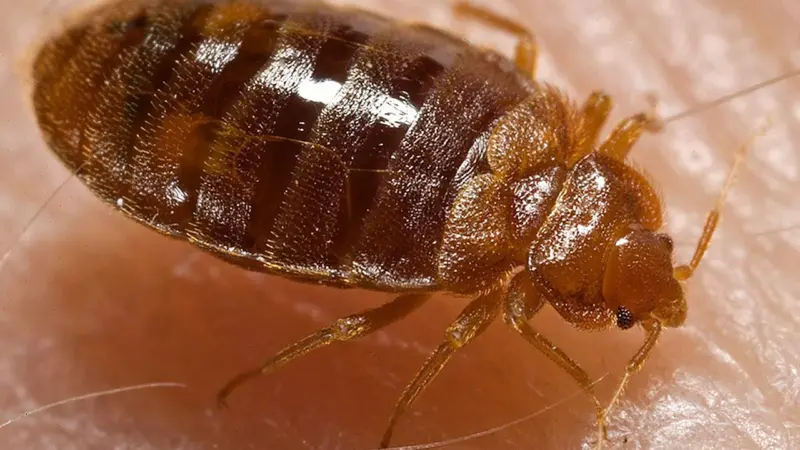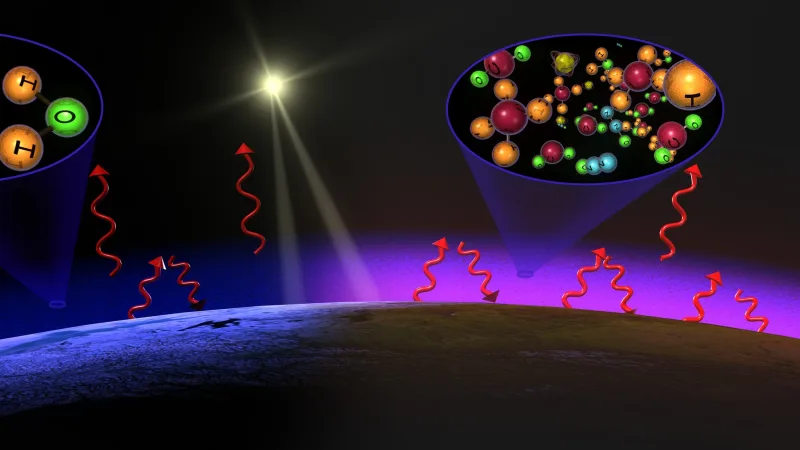English Rivers See Lower Metal Pollution, Flourishing Insect Life

A recent analysis of 30 years of Environment Agency monitoring data has revealed a dramatic improvement in the diversity of insect and other invertebrate life in England’s rivers. This remarkable increase in species could be linked to the reduction in zinc and copper levels found in the water.
Andrew Johnson at the UK Centre for Ecology & Hydrology and his colleagues examined some samples. These samples were collected from 1515 sites around England between 1989 and 2018. Each macroinvertebrate – any animal without a backbone that can be seen without a microscope – was identified by its family, rather than a particular species.
Improvement in Diversity of Invertebrates
The results showed that the diversity of invertebrate families had increased significantly over the past three decades in both urban and rural rivers. According to Johnson:
“You could argue our rivers are our greatest environmental success story since the [second world] war.”
The researchers looked at 45 different variables, including chemical levels and physical factors such as temperature. They used a model to determine which had the biggest influence on insect diversity. Their preliminary analysis found that reductions in zinc and copper levels were the trends most frequently linked with increases in invertebrate diversity.
Factors Connected with Increase in Invertebrate Diversity
Metals like zinc and copper can have adverse effects on insect growth and reproduction. These metals can accumulate in wastewater from sources such as soaps, meat, shellfish, and more. Johnson reported these findings at the annual meeting of the Society of Environmental Toxicology and Chemistry Europe in Dublin, Ireland, on 1 May.
The improvement in zinc and copper levels in rivers is thought to be due to the privatization of water firms in England. The European Union regulations regarding wastewater treatment which required companies to remove more contaminants before releasing wastewater into rivers also played a role. The decline of coal burning also contributed to this effect. It stopped acid rain which can mobilize metals into rivers.
Need for High-Resolution Monitoring
Although there has been an overall improvement in water quality, some animals are still declining. These include salmon and eels – according to Johnson. Michelle Jackson at the University of Oxford has seen an improvement in invertebrate diversity in the Thames catchment area in London which is currently being peer-reviewed.
Tom Oliver at the University of Reading notes that a study published last year found that there had been an increase in freshwater invertebrates but there was still substantial variation across locations with differing species trends between rivers and regions. Therefore high-resolution monitoring is needed to track responses accurately. However, it is unclear what effect recent changes in water quality have had on invertebrate biodiversity. This warrants further investigation.






